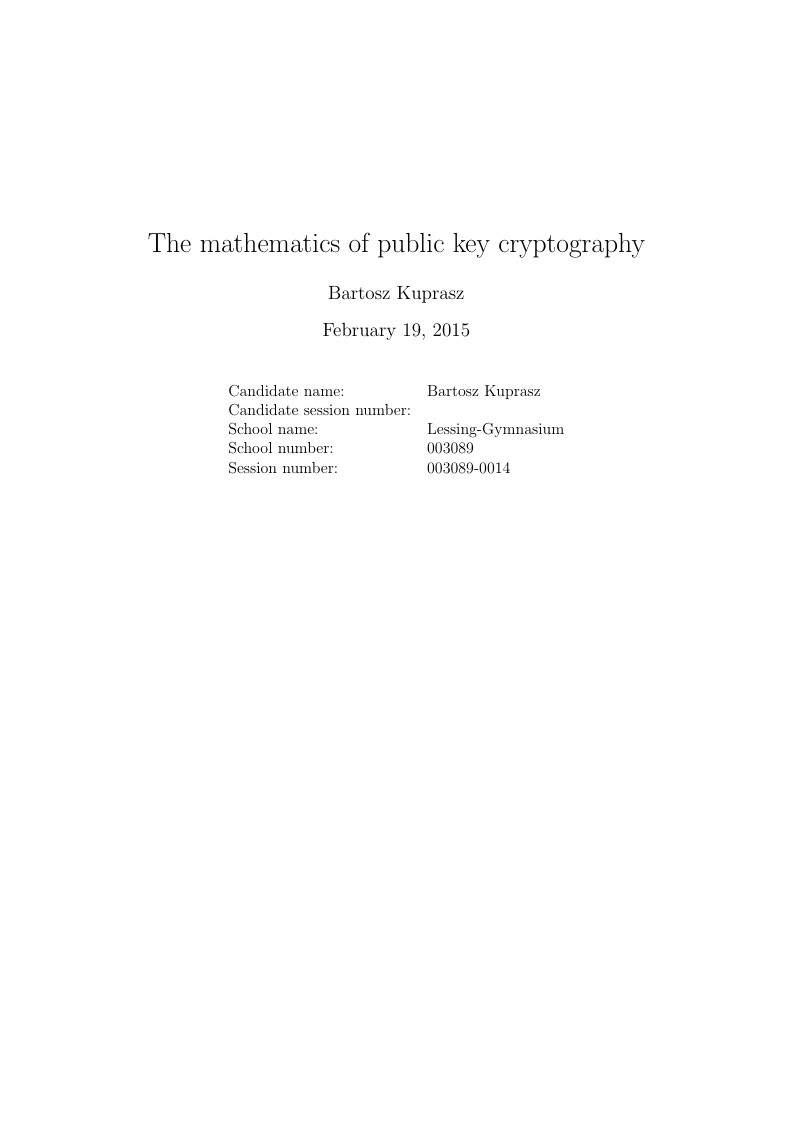Recent
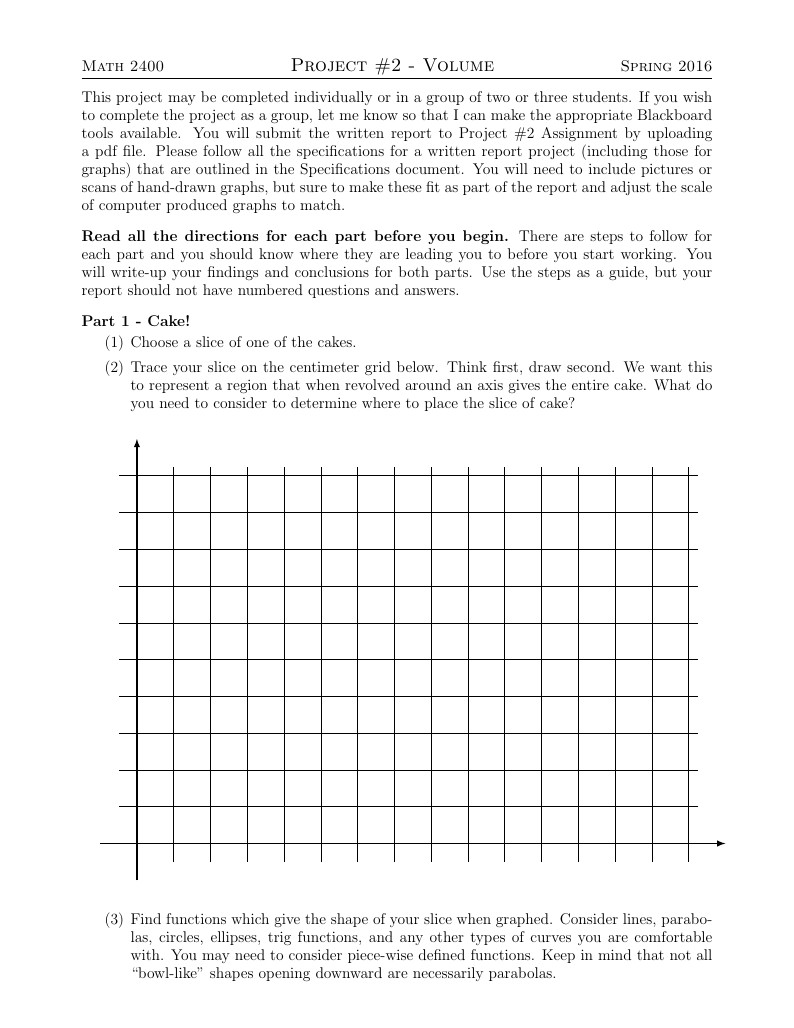
This is a project for Calculus 2 students at Fitchburg State University. This project walks students through two examples of using definite integrals to determine the volume of objects: a bundt cake serves as the solid of revolution and the students build a structure from play dough that is not a solid of revolution.
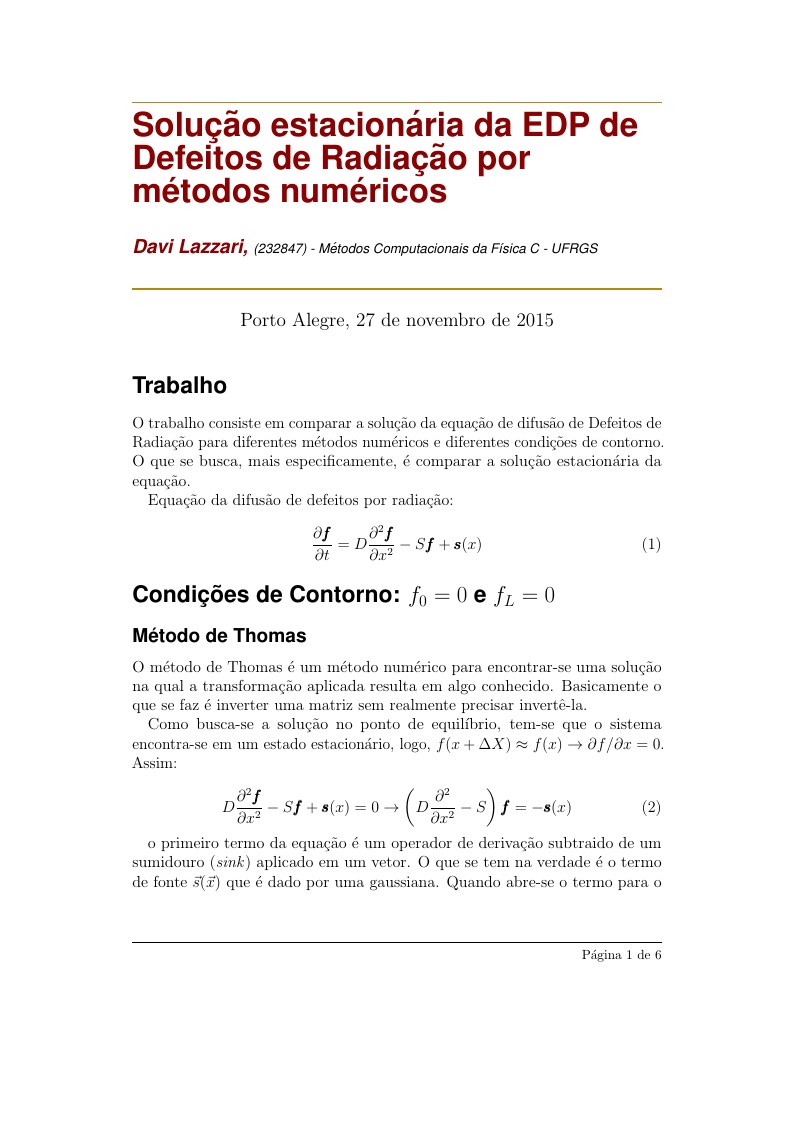
It's a work that discuss solutions of an specific equation using different numerical methods.

Various geometrical shapes are described, for which the numerical value of the perimeter is the same as that of the area. Cases of one or two parameters are explored.

This report provides insight into the magnetic phenomenon of Hysteresis. Hysteresis is defined as a retardation effect where the magnetisation of a magnetic material lags behind the magnetizing force. Here we will explore the hysteresis loop for a silver steel ferromagnet and use this to discover it’s magnetic properties. The method used will be to place a ferromagnet inside a solenoid with an alternating voltage which will continually reverse the magnetic field and magnetism direction. The relation between these two quantities will be used to produce a hysteresis loop from which magnetic properties can be deduced. The results obtained were: saturation magnetisation = (8.4±0.5)(105)Am-1; remnant magnetisation = (5.9±0.5)(105)Am-1; coercive field: (4.3±0.5)(104)Am-1; energy expended per cycle per unit volume of material: (1.55±0.05)(103)Jm-3s-1; energy product: (8.7±3.0)(104)Jm-3.
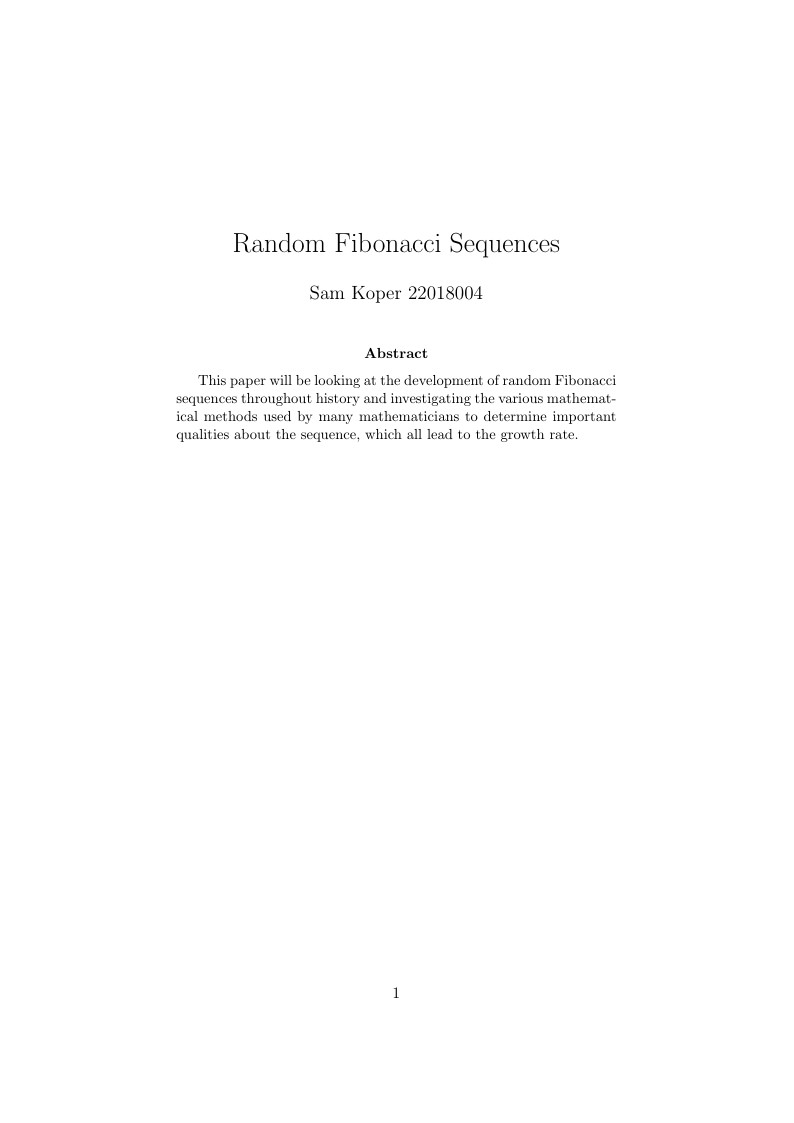
This paper will be looking at the development of random Fibonacci sequences throughout history and investigating the various mathematical methods used by many mathematicians to determine important qualities about the sequence, which all lead to the growth rate.
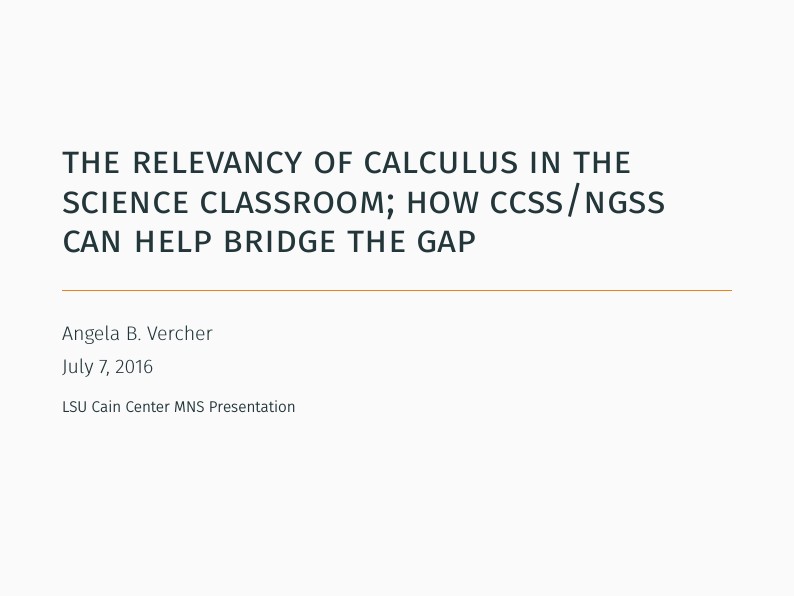
A survey from the perspective of a 25 year High School Science teacher on how Calculus is relevant to the high school science classroom, supported by CCSSM and NGSS.
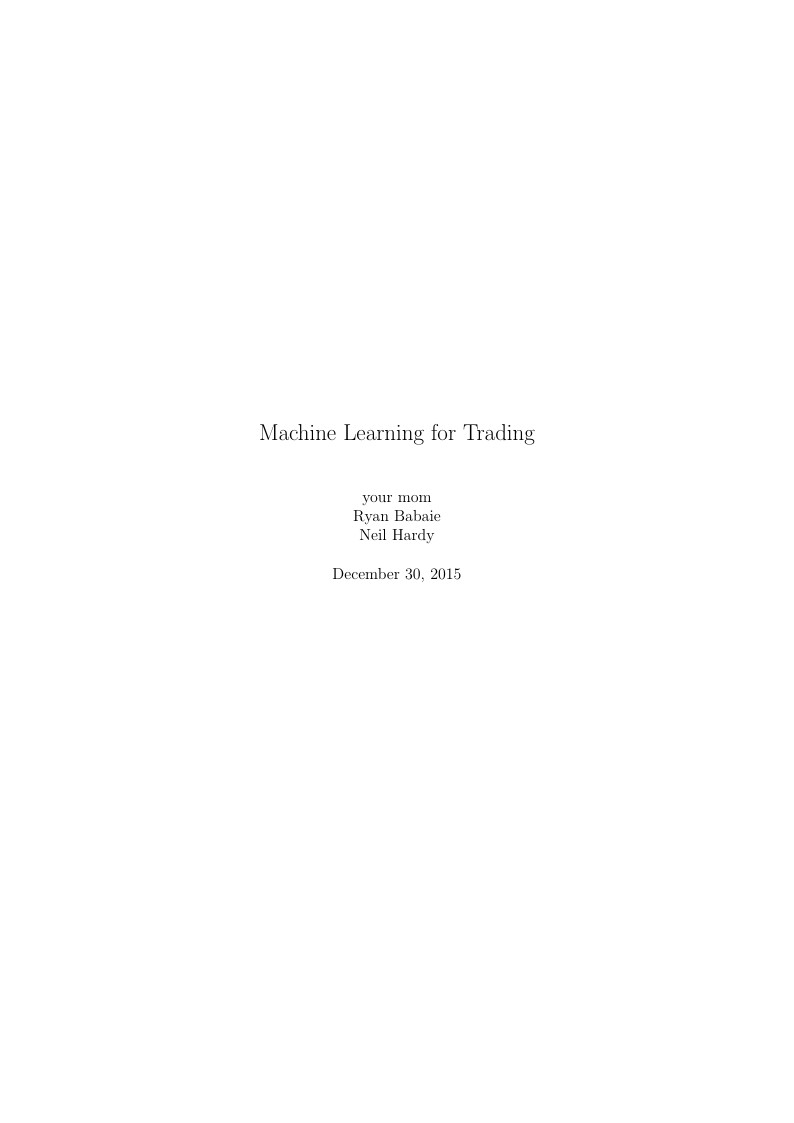
Document describing basic economic and statistical analysis and how to apply them to machine learning

When an issue arises in a building, people's evacuation is a recurring challenge. We wondered whether we could make a realistic simulation of people’s evacuation based on a simple physical model. First, we elaborated this model and then we simulate the people’s comportment on MATLAB. We could conclude that our simulation is enough to describe the general comportment of people.
\begin
Discover why over 20 million people worldwide trust Overleaf with their work.
